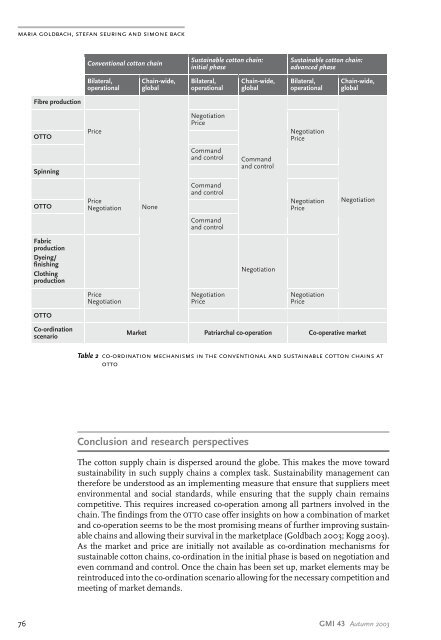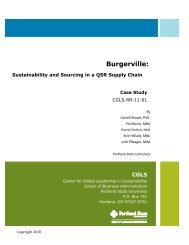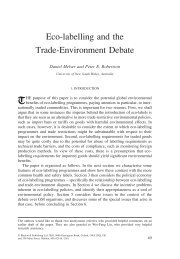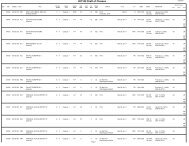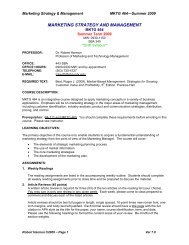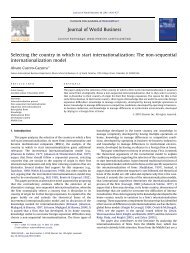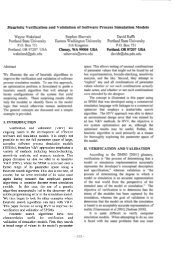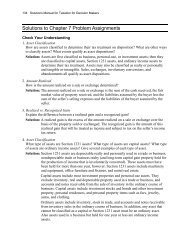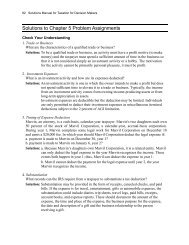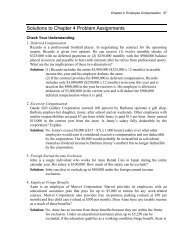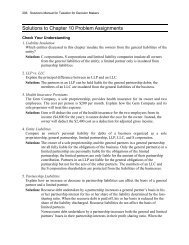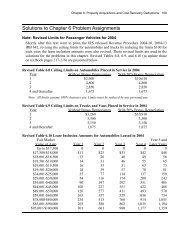Co-ordinating Sustainable Cotton Chains for the Mass Market
Co-ordinating Sustainable Cotton Chains for the Mass Market
Co-ordinating Sustainable Cotton Chains for the Mass Market
You also want an ePaper? Increase the reach of your titles
YUMPU automatically turns print PDFs into web optimized ePapers that Google loves.
maria goldbach, stefan seuring and simone back<br />
<strong>Co</strong>nventional cotton chain<br />
<strong>Sustainable</strong> cotton chain:<br />
initial phase<br />
<strong>Sustainable</strong> cotton chain:<br />
advanced phase<br />
Bilateral,<br />
operational<br />
Chain-wide,<br />
global<br />
Bilateral,<br />
operational<br />
Chain-wide,<br />
global<br />
Bilateral,<br />
operational<br />
Chain-wide,<br />
global<br />
Fibre production<br />
OTTO<br />
Price<br />
Negotiation<br />
Price<br />
Negotiation<br />
Price<br />
Spinning<br />
<strong>Co</strong>mmand<br />
and control<br />
<strong>Co</strong>mmand<br />
and control<br />
OTTO<br />
Price<br />
Negotiation<br />
None<br />
<strong>Co</strong>mmand<br />
and control<br />
Negotiation<br />
Price<br />
Negotiation<br />
<strong>Co</strong>mmand<br />
and control<br />
Fabric<br />
production<br />
Dyeing/<br />
finishing<br />
Clothing<br />
production<br />
Negotiation<br />
Price<br />
Negotiation<br />
Negotiation<br />
Price<br />
Negotiation<br />
Price<br />
OTTO<br />
<strong>Co</strong>-ordination<br />
scenario<br />
<strong>Market</strong> Patriarchal co-operation <strong>Co</strong>-operative market<br />
Table 2 co-ordination mechanisms in <strong>the</strong> conventional and sustainable cotton chains at<br />
otto<br />
<strong>Co</strong>nclusion and research perspectives<br />
The cotton supply chain is dispersed around <strong>the</strong> globe. This makes <strong>the</strong> move toward<br />
sustainability in such supply chains a complex task. Sustainability management can<br />
<strong>the</strong>re<strong>for</strong>e be understood as an implementing measure that ensure that suppliers meet<br />
environmental and social standards, while ensuring that <strong>the</strong> supply chain remains<br />
competitive. This requires increased co-operation among all partners involved in <strong>the</strong><br />
chain. The findings from <strong>the</strong> OTTO case offer insights on how a combination of market<br />
and co-operation seems to be <strong>the</strong> most promising means of fur<strong>the</strong>r improving sustainable<br />
chains and allowing <strong>the</strong>ir survival in <strong>the</strong> marketplace (Goldbach 2003; Kogg 2003).<br />
As <strong>the</strong> market and price are initially not available as co-ordination mechanisms <strong>for</strong><br />
sustainable cotton chains, co-ordination in <strong>the</strong> initial phase is based on negotiation and<br />
even command and control. Once <strong>the</strong> chain has been set up, market elements may be<br />
reintroduced into <strong>the</strong> co-ordination scenario allowing <strong>for</strong> <strong>the</strong> necessary competition and<br />
meeting of market demands.<br />
76 GMI 43 Autumn 2003


